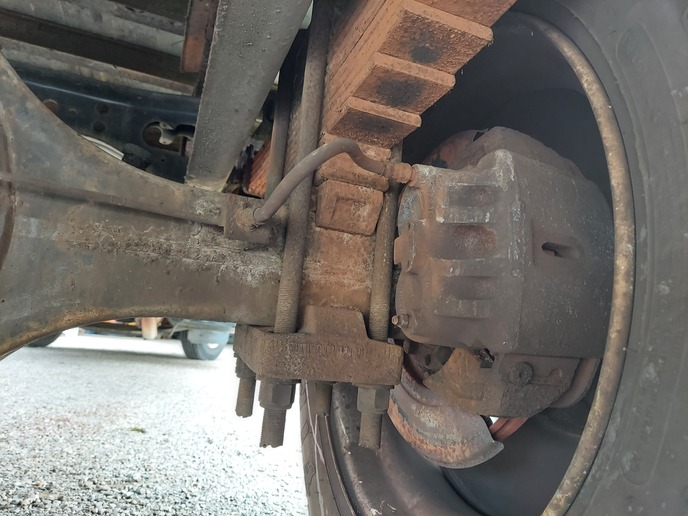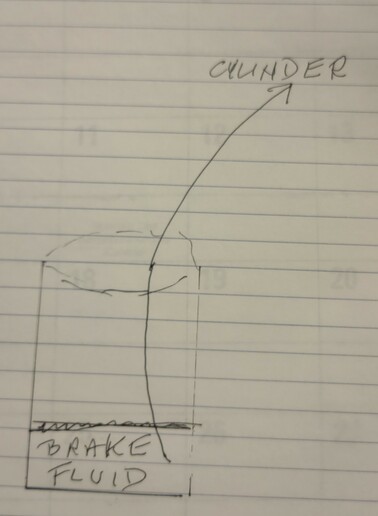1998 Chevy C1500 WT, 4.3L ABS brakes, Vacuum assist.
I have a problem that seems unsolvable.
With engine off, pump up pedal and there is good feel to brakes.
Start engine and pedal goes way down before brakes take hold. Not good if I have to make a quick stop from 50-60 mile/hour.
I consulted 3 mechanics....."air in system", "not air in system" and "proportioning valve". None have an abs scanner to cycle the ABS.
Internet advice is all over the place.
Decent brakes before I replaced front calipers (pads worn and pistons corroded) and hoses, left rear brake cylinder (it wouldn't bleed) and master cylinder.
I tried gravity bleed, vacuum bleed, pressure bleed, helper in the cab bleed. I popped the rubber cover off the proportioning valve and got some air out, then fluid.
I loosened master cylinder bolts and pedal moved about 3/4" before slightly pushing out master cylinder to check pushrod operation.
Any advice before taking it to a dealer a $190/hour?
Thanks,
Slowpoke
I have a problem that seems unsolvable.
With engine off, pump up pedal and there is good feel to brakes.
Start engine and pedal goes way down before brakes take hold. Not good if I have to make a quick stop from 50-60 mile/hour.
I consulted 3 mechanics....."air in system", "not air in system" and "proportioning valve". None have an abs scanner to cycle the ABS.
Internet advice is all over the place.
Decent brakes before I replaced front calipers (pads worn and pistons corroded) and hoses, left rear brake cylinder (it wouldn't bleed) and master cylinder.
I tried gravity bleed, vacuum bleed, pressure bleed, helper in the cab bleed. I popped the rubber cover off the proportioning valve and got some air out, then fluid.
I loosened master cylinder bolts and pedal moved about 3/4" before slightly pushing out master cylinder to check pushrod operation.
Any advice before taking it to a dealer a $190/hour?
Thanks,
Slowpoke




